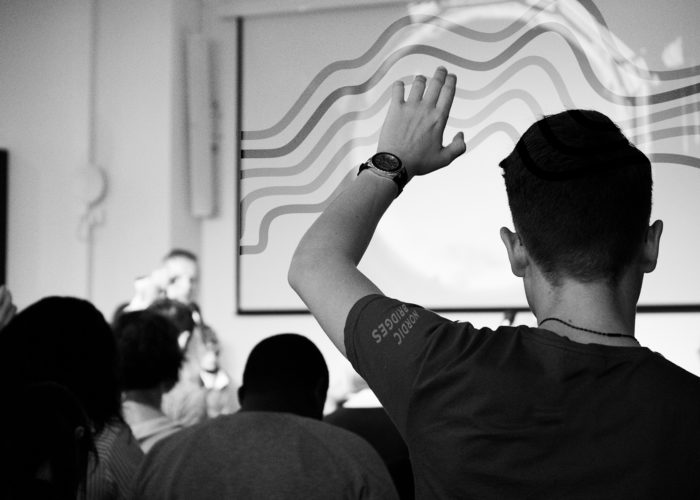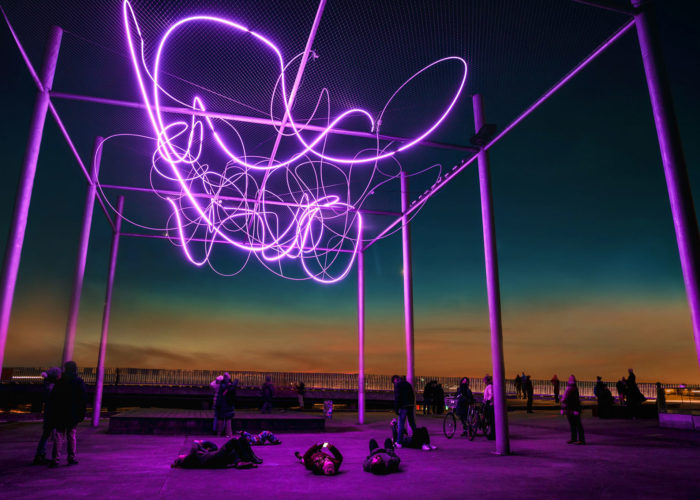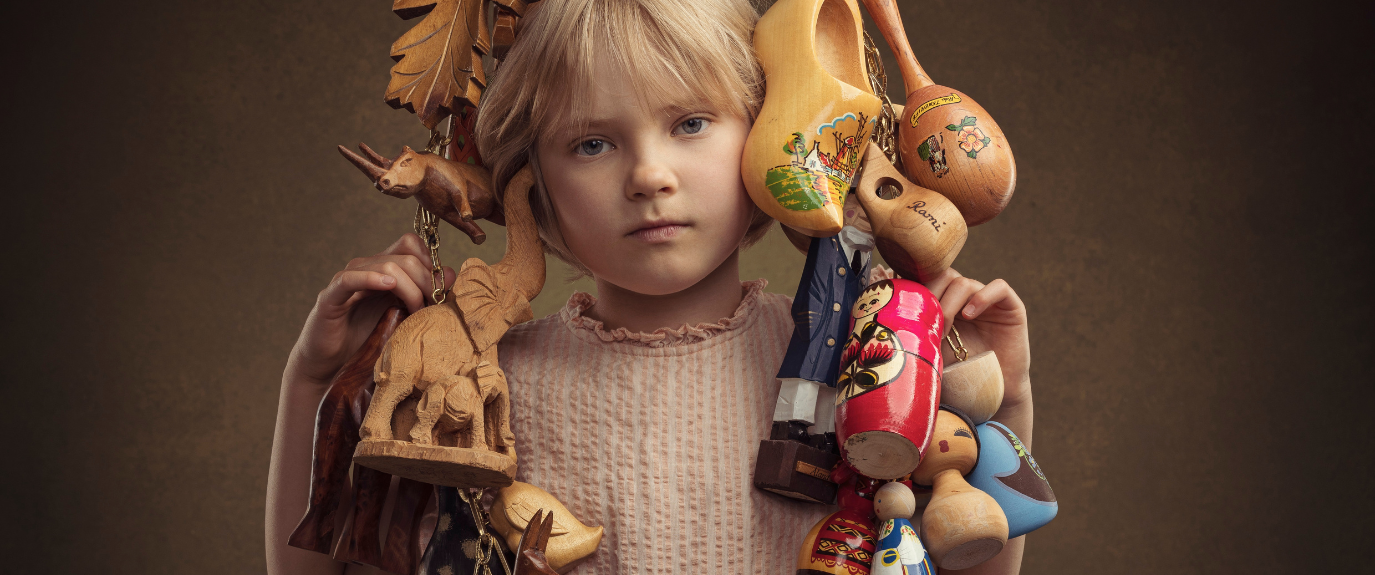
Charm Bracelet 2022, Anna Rikkinen. Photo by Pia Maria Rautio.
Animal, Vegetable, Mineral
Montréal, Quebec
Presented by
Harbourfront Centre

Through the catalyst of contemporary jewellery, artists use materials redolent with meaning and the body as a site to confront issues of identity, social critique and political change.
Jewellery is one of the oldest cultural identifiers. Over 120,000 years ago, prehistoric humans engaged in this aesthetic, adorning their bodies with shell necklaces. Much like contemporary art, contemporary jewellery expands our view of society, culture, the world-at-large and ourselves. It differentiates itself from other craft practices because it isn’t one material. It can be animal, vegetable or mineral, thus opening many possibilities. Jewellery is significant for its direct associations with bodies, its ability to convey ideas at an intimate level and its movement through space and time. These artists embrace debris and detritus, running counter to widely held ideas about what constitutes “fine jewellery” and what represents value.
On display at Galerie Noel Guyomarc’h in Montréal, Québec.
See Nordic participants below.
Event Supporters
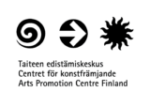
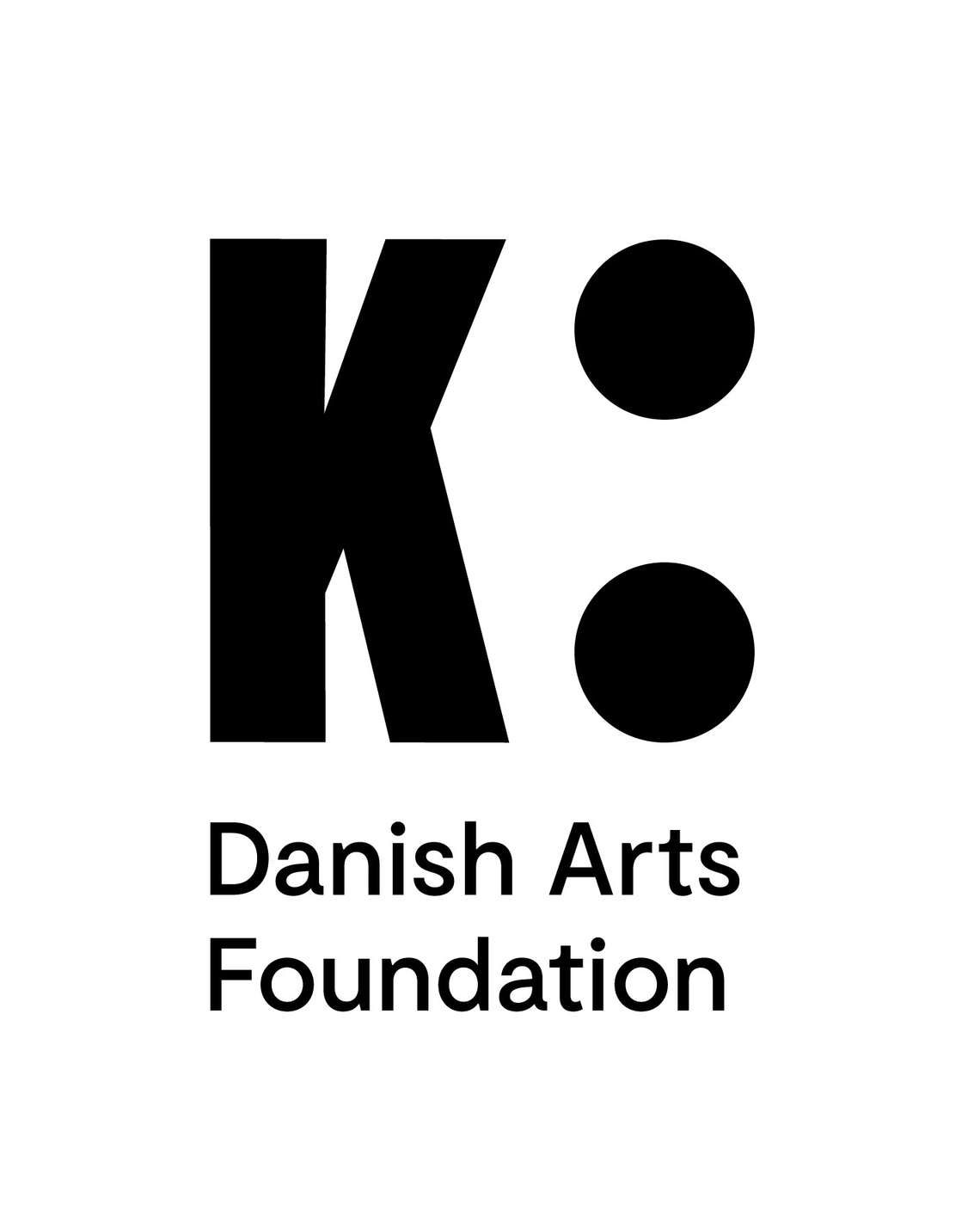
Annette Dam was educated at the Oslo National Academy of the Arts in Norway in 1999. Her works have been exhibited in Denmark and internationally. In 2015 she was selected for the World Craft Council’s European Prize for Applied Arts in Belgium. Dam received the prestigious Skt. Loye Award from the Kjøbenhavns Guldsmedelaug.
“My jewellery is created in a sensual and narrative universe, combining elements of seriousness and a sense of humour. It is considered through a loving and critical perspective aiming for communicative art jewellery. I seek to create works where the artistic, conceptual and handcraft meet, and through an investigative practice. This process serves as an active contributor to the design and final expression. Sometimes it feels like a riddle that I struggle to solve: to visualize and materialize abstract thoughts into wearable jewellery pieces. It becomes an investigative ping pong between the ideas, material compositions and my craft skills. But cracking the riddle is where a lot of my drive lies.”
Helga Mogensen was born in Reykjavik, Iceland in 1980. She graduated from Edinburgh College of Art in 2007. She now lives and works in Reykjavik. She has worked with various materials such as silver, steel, copper, brass, driftwood and fish skin. The focus of her artwork is using her personal experience in life and translating that into objects to wear or into wall pieces. As a maker, she loves the freedom involved in her field. The different scale of work, varying from earrings to large-scale neckpieces, brings additional challenges to the table.
Mogensen’s work mirrors actions, behaviour, people, places, nature and feelings. “Since I was a kid, I have been going north in Iceland to a special hideaway place where I go with my family every summer. This hidden gem has some sort of magic about it. The beach is full of driftwood, seashells, old shoes and exciting things that have been in the ocean for quite some time. The place has no electricity or hot water, which makes it quite the contrast to city life. With nature at my doorstep and interesting things, drifting ashore the place is ideal for processing thoughts and developing new ideas.”
Helena Johansson Lindell is a Swedish jewellery maker and artist based in Stockholm, known for works made from a feminist, environmentally friendly and playful perspective, often using recycled materials from old toys and other plastic products. Her work has been shown in many places worldwide, including the Velvet da Vinci, the ATTA Gallery, the Galeria Alice Floriano and at Talente 2014 during Schmuck Internationale Handwerksmesse in Munich, Germany. She studied Jewellery+Corpus at Konstfack University College of Arts, Crafts & Design in Stockholm, Sweden and earned a BA in Visual Art from Oslo National Academy of the Arts in Norway.
“With a lowbrow attitude, a propensity for things kitschy and childish, I make jewellery. I struggle with the hierarchical structures we are collectively immersed in and the idea that some things, some ways and some people are better or worth more than others. In my work, I try to embrace the materials, methods and personal qualities that, from a societal perspective, are considered low class, low status or bad taste. To own and be those things is my way to try and repeal the prejudice resulting from those hierarchies.”
Anna Rikkinen is a Finnish visual and jewellery designer who lives and works in Lahti, Finland. Raised in an aesthetical village milieu and educated in the decorative arts, Rikkinen creates works that draw influence from sources including 17th-18th-century Dutch portraiture and African apparel, as well as historical fashion and architectural and domestic ornaments. Her work ranges from wearable sculptures to body-related objects and installations. She tries to evoke the body by playing with the language of volume and space.
For Harbourfront Centre, Rikkinen shows large-scale jewellery sculptures made of wooden objects, especially daily utensils and souvenirs. She reclaims unwanted materials, reconfiguring found wooden kitchenware from bland and practical things into mysterious clusters. Starting from characteristics of the ready-mades, she creates tactile artifacts that reveal the absurdity of our actions and greed.
Máret Ánne Sara is an artist, author and journalist. She is from a reindeer herding family in Kautokeino and currently works in her hometown. Sara is the initiator of Dáiddadállu Artist Collective and works with both visual arts and authorship. She has published two novels and was nominated for the Nordic Council’s Children’s and Young Literature Prize in 2014 for her debut book Ilmmid gaskkas. The follow-up Doaresbealde doali was published in 2014. Sara is currently working on the contemporary art project Pile o’Sápmi, which was presented at Documenta 14 in Kassel in 2017. She has exhibited visual art since 2003 and often deals with political and social issues, from a Sámi and reindeer-social perspective. She has designed posters, CD/LP covers, scene visuals and fabric print for several Sámi artists, designers and institutions. She is said to have a distinctive style and a recognizable visual expression. In 2022 she was a featured artist at the Venice Biennale.

